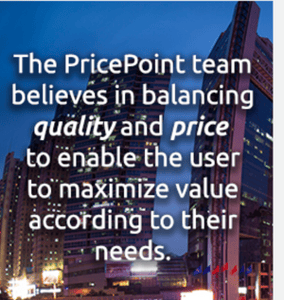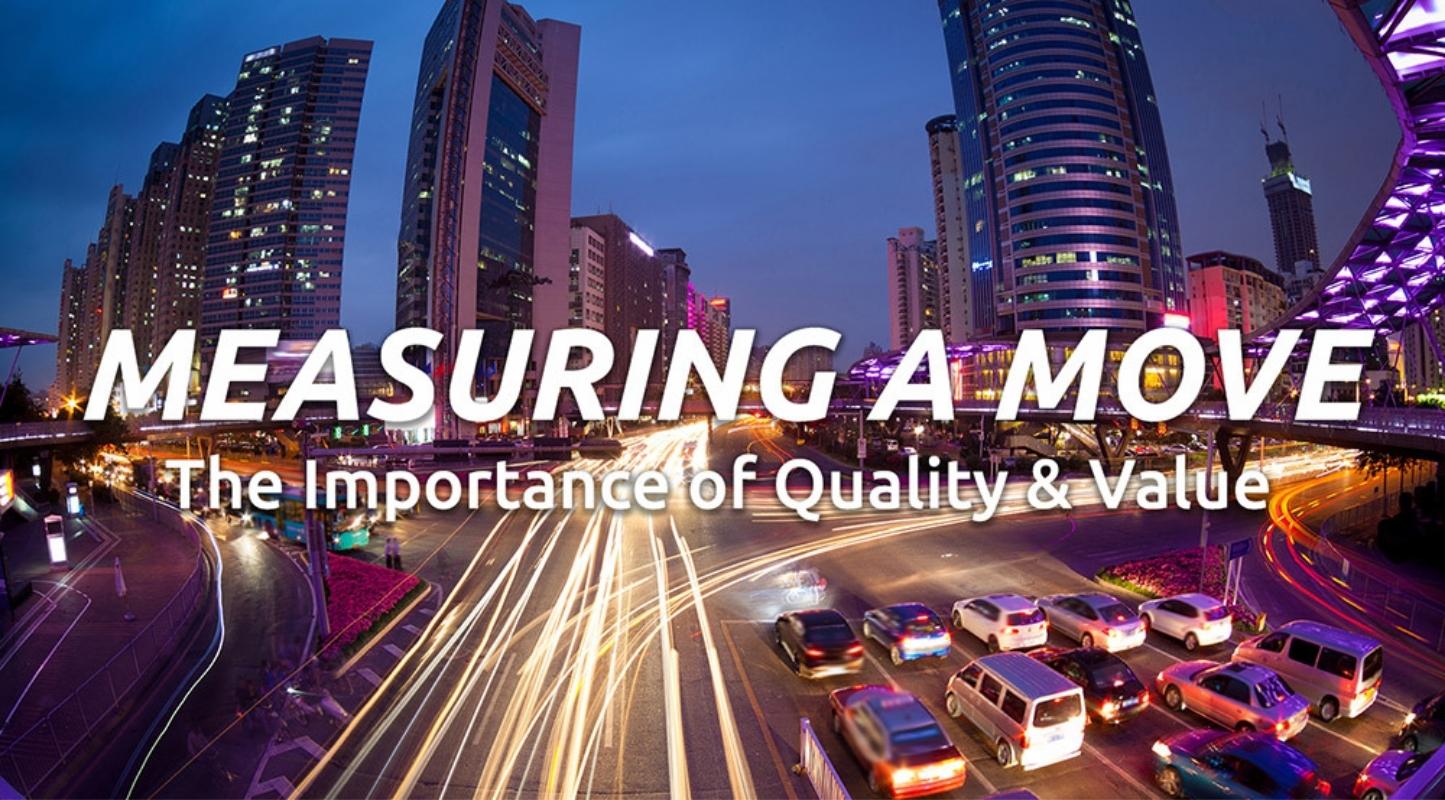Mar 27, 2018 Measuring A Move: The Importance of Quality & Value
By Ben Heller
How do you measure move quality? If you asked this question of 100 people, you would get 100 different answers. Compared to measuring price, measuring quality is hard. It’s difficult for people in our industry to agree on what defines quality and what metrics lead to quality.
This creates a challenge where quality isn’t easily evaluated. Without quality data easily available to Procurement and Mobility departments, quality often becomes discounted in the RFP process. This is a big problem for movers who provide a high level of service and care. Procurement driven RFPs in the moving industry only further ensures that these services are focused on price.
Effectively measuring quality is the only way we can break this cycle. And to start the process of measuring quality, let’s first define the word.
Qual·i·ty: The standard of something as measured against other things of a similar kind.
When looking at the definition of quality, it’s easy to see why quality doesn’t get the same respect or even get measured in procurement project results. Without large amounts of data, how can you be expected to measure against other things of a similar kind? And what data is a relevant influencer?
In the international moving industry, quality is difficult to track because many parties involved in the process often go unseen by the customer. Still, there are several metrics that can be leveraged. The customer survey is the primary metric that companies use today. Overall satisfaction is used more often than any other, but some surveys get into the performance of the origin agent and destination agent, or ask about the coordinator and the performance of the driver.
Claims data might be another good metric, but it’s tricky because there are a lot of different insurance models that impact the data. Claims can be self-insured by the company, insured by the mover, insured by the RMC, or insured by a 3rd party provider. When you take into account all the different variables that impact claims rates, it’s a challenge to come up with a standardized measurement that accurately measures quality.
Val·ue : The importance, worth, or usefulness of something.
Balancing price and quality makes identifying value possible. And value is what mobility professionals and procurement departments are looking for. Customers don’t want an inexpensive move that doesn’t serve the transferee well and causes insurance claims. Customers also don’t want an overpriced move. Most customers in our industry want a high-quality move done at a fair price. That’s maximizing value.
“It’s up to industry insiders to make measuring quality better and easier, otherwise price will continue to be the primary metric driving procurement’s evaluation process.”
We believe that quality moving providers should be paid more than those that don’t provide the same level of service. The route to make this possible is to empower the buyer with meaningful quality metrics and information that can be shared across our industry. Our goal is to make this concept a reality in 2018. If you have an opinion on how best to effectively measure quality in our industry, we’d like to hear from you.
CEO Ben fell in love with the mobility industry while running Accentureʼs global mobility consulting practice. Focusing on the mobility supply chain, he learned the hard way that move pricing is complicated, unclear, and vulnerable to manipulation. After evaluating all existing alternatives, Ben partnered with Ryan to make data-driven moving decisions possible.


